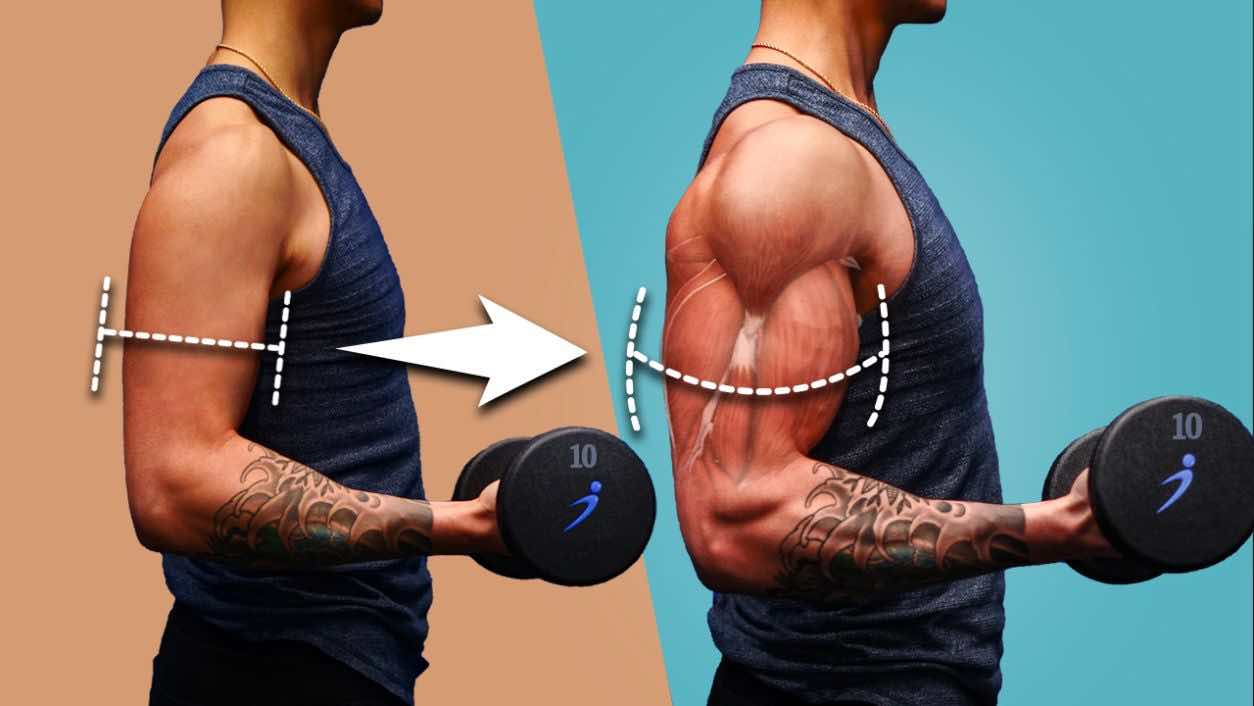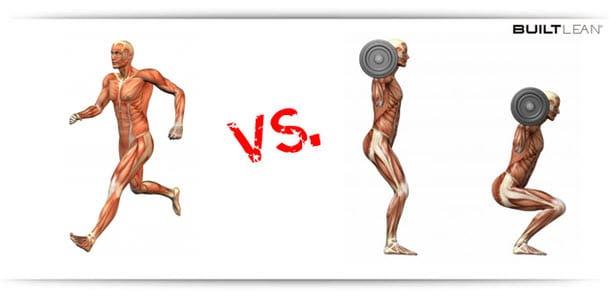Discover the captivating journey of ice hockey sensation Connor McDavid. Uncover his rise to prominence, playing style, leadership qualities, and off-ice ventures in this insightful article.
The Benefits of Exercise for Physical and Mental Health
Looking to enhance your physical and mental well-being? Discover the amazing benefits of exercise! Reduce stress, boost mood, sleep better, and transform your life. Find out more here.
10 Stretches to Relieve Desk Fatigue
Learn 10 simple stretches to relieve desk fatigue and improve your well-being! Say goodbye to aches and pains. Feel rejuvenated and energized throughout your workday.
5 Simple Ways to Incorporate Exercise into Your Hectic Schedule
Discover 5 simple ways to incorporate exercise into your busy schedule without sacrificing time. Improve your fitness and well-being with these tips!
The Key to Muscle Growth
Hey there, Fitness Warriors! Who’s up for unlocking one of the biggest secrets of muscle growth today? We’re talking about Progressive Overload – the key that’s going to unlock the door to your dream physique. So, tighten your laces and get ready, we’re about to embark on a strength journey!
The Impact of Caffeine on Athletic Performance
Are you an athlete looking to maximize your performance and recovery? Look no further than the impact of sleep on athletic performance. Sleep plays a crucial role in not only your physical well-being but also in your ability to excel in your chosen sport. By understanding the significance of sleep for athletic performance and recovery, …
Continue reading “The Impact of Caffeine on Athletic Performance”
Pushing the Limit: How to Spot Overtraining and Keep It at Bay
Greetings, Warriors of the Wellness Battlefield! We’ve bathed in the pure exhilaration, the intoxicating euphoria that spills forth from conquering a new personal zenith, or prevailing against an arduous, sweat-soaked training session. And yet, the line that separates the noble pursuit of the limits of our physical prowess from a dangerous, self-imposed affliction is thin …
Continue reading “Pushing the Limit: How to Spot Overtraining and Keep It at Bay”
Exploring Tabata Workouts: What It Is and Who It’s For
Greetings, esteemed comrades of physical prowess! Today, brace yourselves as we embark on a thrilling odyssey into the exhilarating realm of Tabata workouts. Prepare for an electrifying surge of energy as we delve deep into the heart of this phenomenon, promising maximum gains in the most minuscule of timeframes. Secure a towel, for perspiration shall …
Continue reading “Exploring Tabata Workouts: What It Is and Who It’s For”
Making the Most of Your Gym Membership: Must-Try Machines and How to Use Them
Maximizing Your Gym Membership: Key Machines and How to Utilize Them Stepping into a gym can sometimes feel like boarding a spacecraft for the first time – a myriad of complex equipment, each with its distinct function. As part of the Fitness Warrior Nation, we understand that harnessing these machines is an integral part of …
Continue reading “Making the Most of Your Gym Membership: Must-Try Machines and How to Use Them”
Cardio vs. Weights: The Benefits of Both and How to Balance Them
Are you looking to ignite your fitness routine and achieve optimal results? Look no further than the combination of cardio and weights. In this article, we will explore the benefits of incorporating both forms of exercise into your workout routine and guide you on how to strike the perfect balance between the two. Say goodbye …
Continue reading “Cardio vs. Weights: The Benefits of Both and How to Balance Them”











